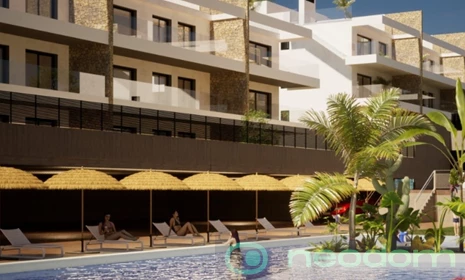Kindergartens in Spain: how to enroll a child in kindergarten
Sending your child to kindergarten in Spain is an important step for any family moving to this country or already living here. The preschool education system in Spain has its own characteristics that need to be taken into account when choosing the right institution. In this article, we will take a closer look at how the kindergarten system works in Spain, what types of kindergartens exist, and what steps need to be taken to enroll a child in a kindergarten.
Early childhood education system in Spain
In Spain, preschool education is divided into two stages:
- Primer ciclo de educación infantil (0-3 years): This stage covers children between the ages of 0 and 3. Education at this stage is not compulsory and is provided in crèches (guarderías).
- Segundo ciclo de educación infantil (3-6 years old): This stage is intended for children between 3 and 6 years old. Education at this stage is also not compulsory, but it is already becoming more structured and is provided in kindergartens (escuelas infantiles).

Types of Kindergartens
There are different types of kindergartens in Spain:
- Public kindergartens (escuelas infantiles públicas): These kindergartens are funded by the state and managed by local governments. They often provide free or partially paid services, depending on the family's income.
- Private kindergartens (escuelas infantiles privadas): These kindergartens are run by private organizations or individual entrepreneurs. They tend to offer a wider range of services and programs, but the cost of visiting such kindergartens is significantly higher.
- Semi-public kindergartens (escuelas infantiles concertadas): These are kindergartens that receive partial funding from the state but are run by private organizations. They are a cross between public and private kindergartens in terms of cost and quality of services.
How to enroll a child in kindergarten in Spain
The process of enrolling a child in a kindergarten in Spain may vary depending on the region and type of kindergarten. However, there are general steps that need to be followed:
- Research and Kindergarten Selection: The first step is to research the available daycare centers in your area. It is recommended to visit several gardens to assess their conditions, programs and the qualifications of the staff.
- Application: To enrol in a public or semi-public kindergarten, you must submit an application to the local education office (Consejería de Educación) or directly to the kindergarten. For private kindergartens, the application is submitted directly to the selected institution.
- Collection of documents: The following documents are usually required:
- Child's birth certificate.
- Proof of residence (e.g. utility bill).
- Documents confirming family income (for benefits).
- A child's medical record showing vaccinations.
- Interviewing or visiting a kindergarten: Some private kindergartens may require an interview with the child and parents or a visit to the kindergarten to assess their readiness for attendance.
- Waiting for the results: After submitting the application and all the necessary documents, you must wait for the results. In public kindergartens, there may be a competitive selection, especially in popular areas.
- Contract execution and payment: In case of a positive result of the registration, it is necessary to draw up a contract and make payment (if it is a private or semi-public kindergarten).

Features of enrolling in kindergarten in Spain
- Seasonality: Enrollment in public and semi-public kindergartens usually takes place in the spring, with instruction starting in September. Therefore, it is important to monitor the deadlines for submitting applications.
- Priorities and benefits: Public kindergartens may have priorities for large families, low-income families, or children with special needs.
- Adaptation period: Most kindergartens provide an adaptation period for new children so that they can gradually get used to the new environment.
Conclusion
Sending a child to kindergarten in Spain is an important and responsible step that requires careful preparation and compliance with a number of procedures. Whether you choose a public, private, or semi-public kindergarten, it is important to research all available options in advance, prepare the necessary documents, and submit your application within the deadline. Thanks to this, your child will be able to receive a quality preschool education and start the path to successful learning and development in Spain.


